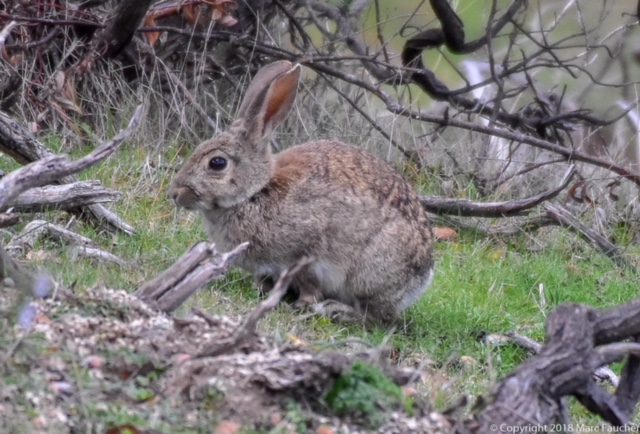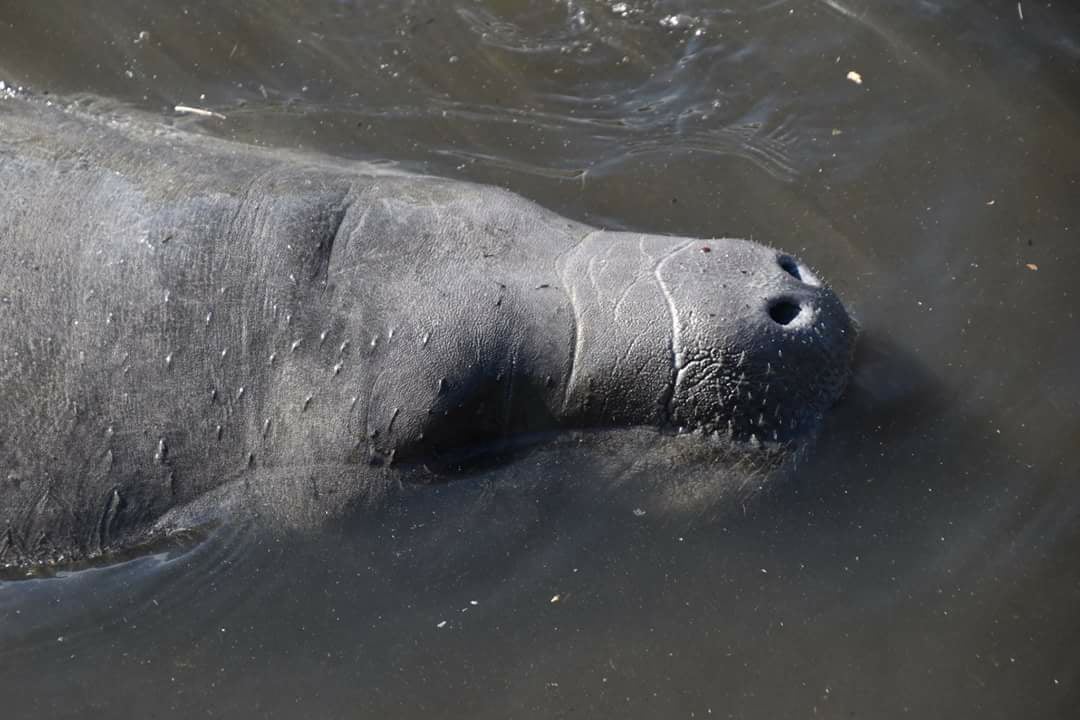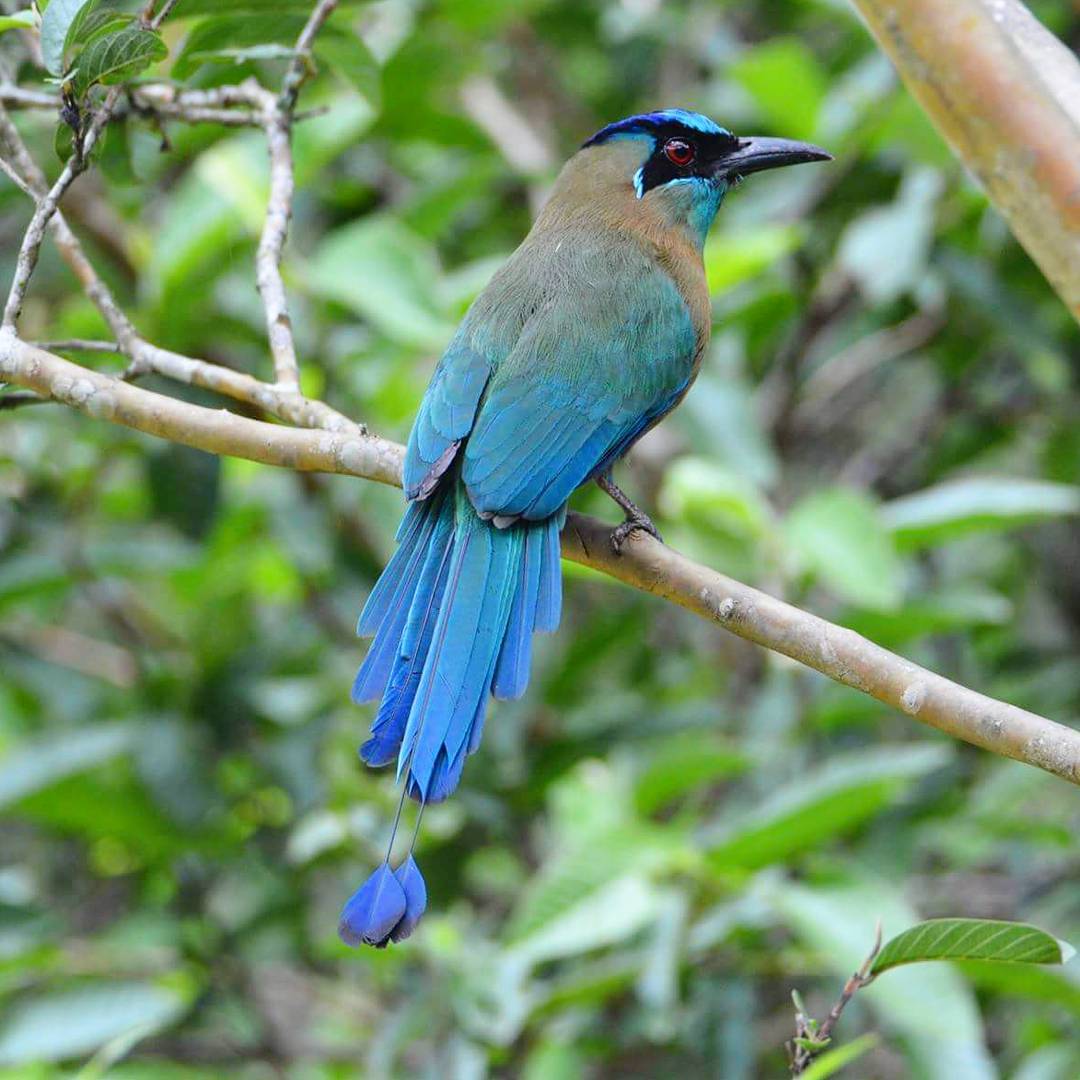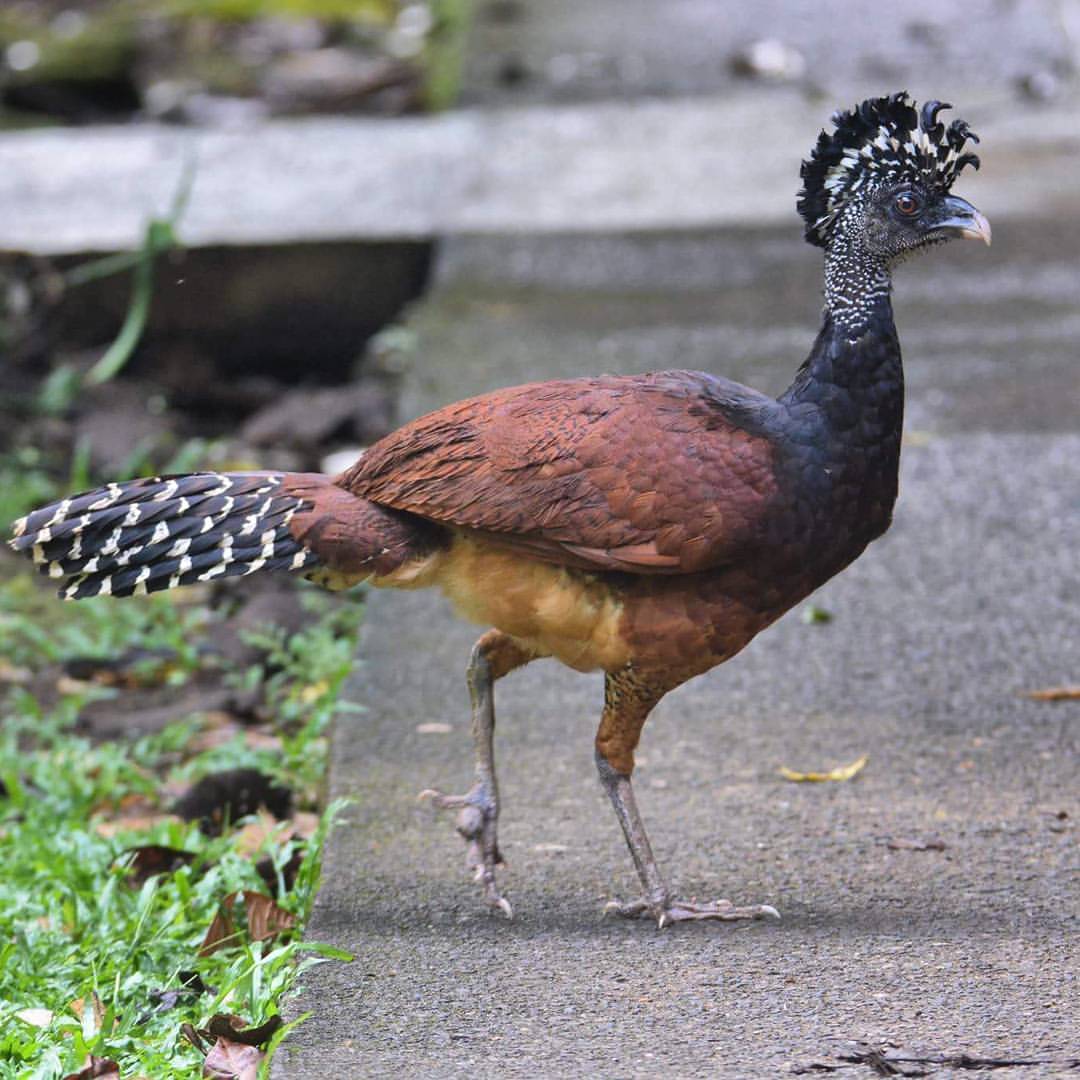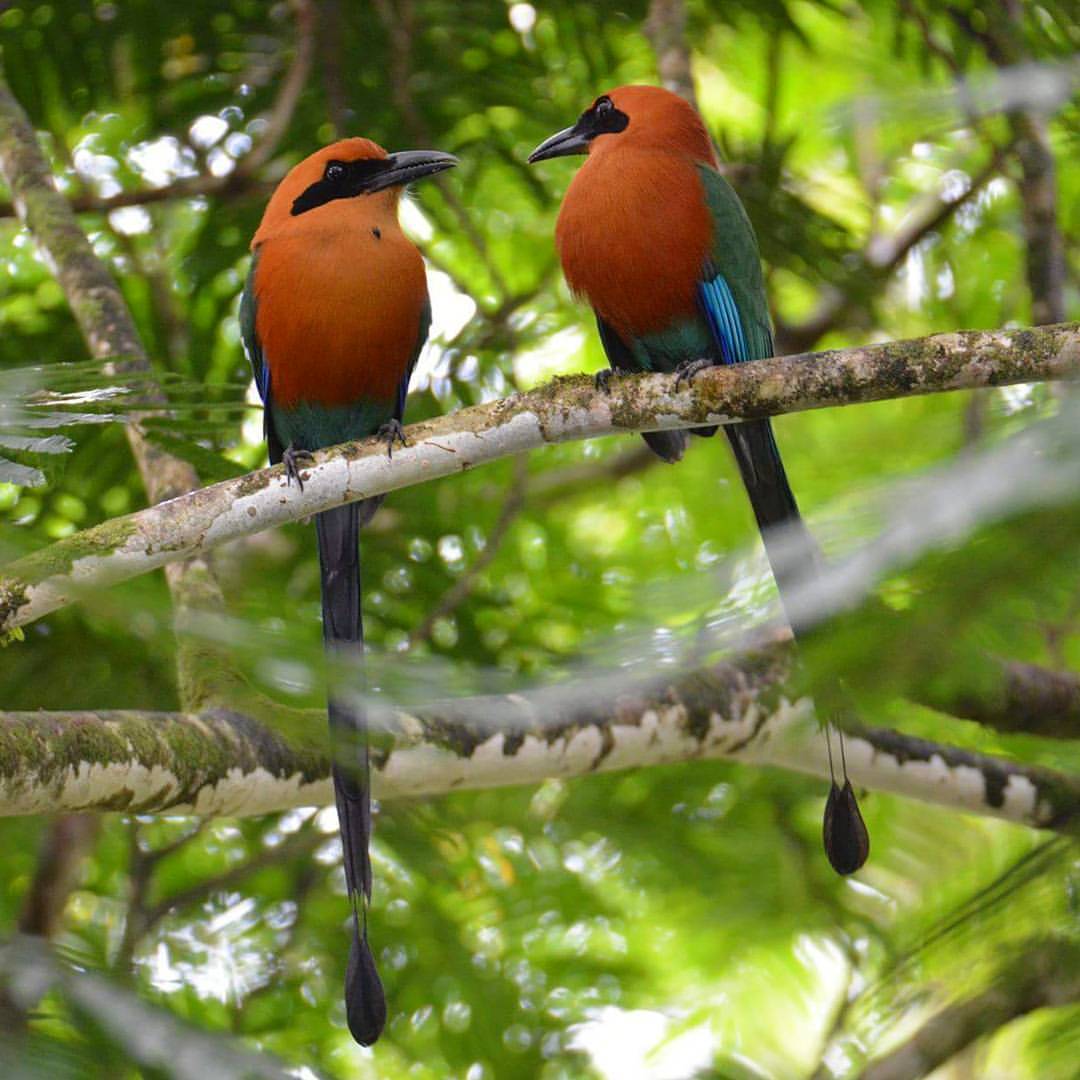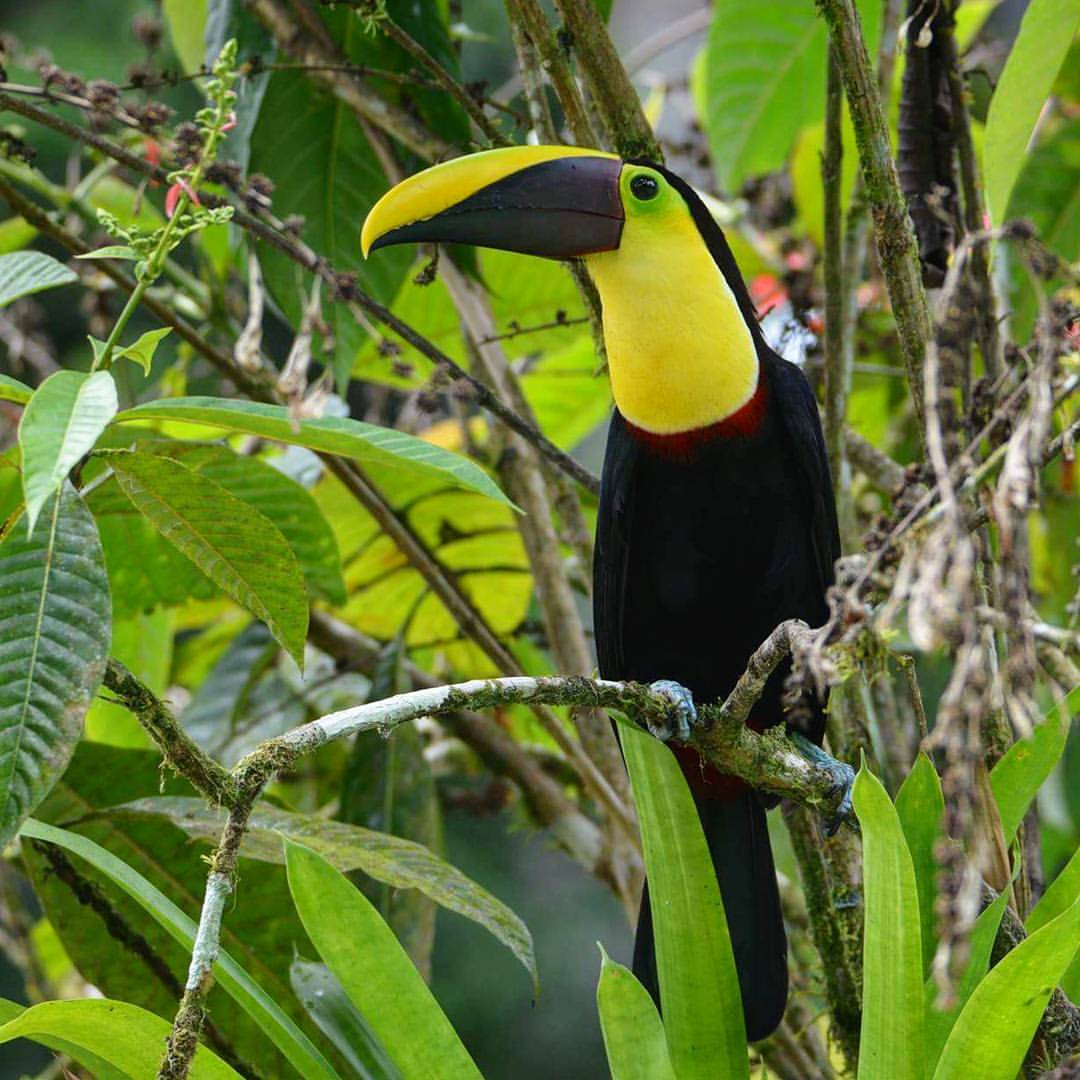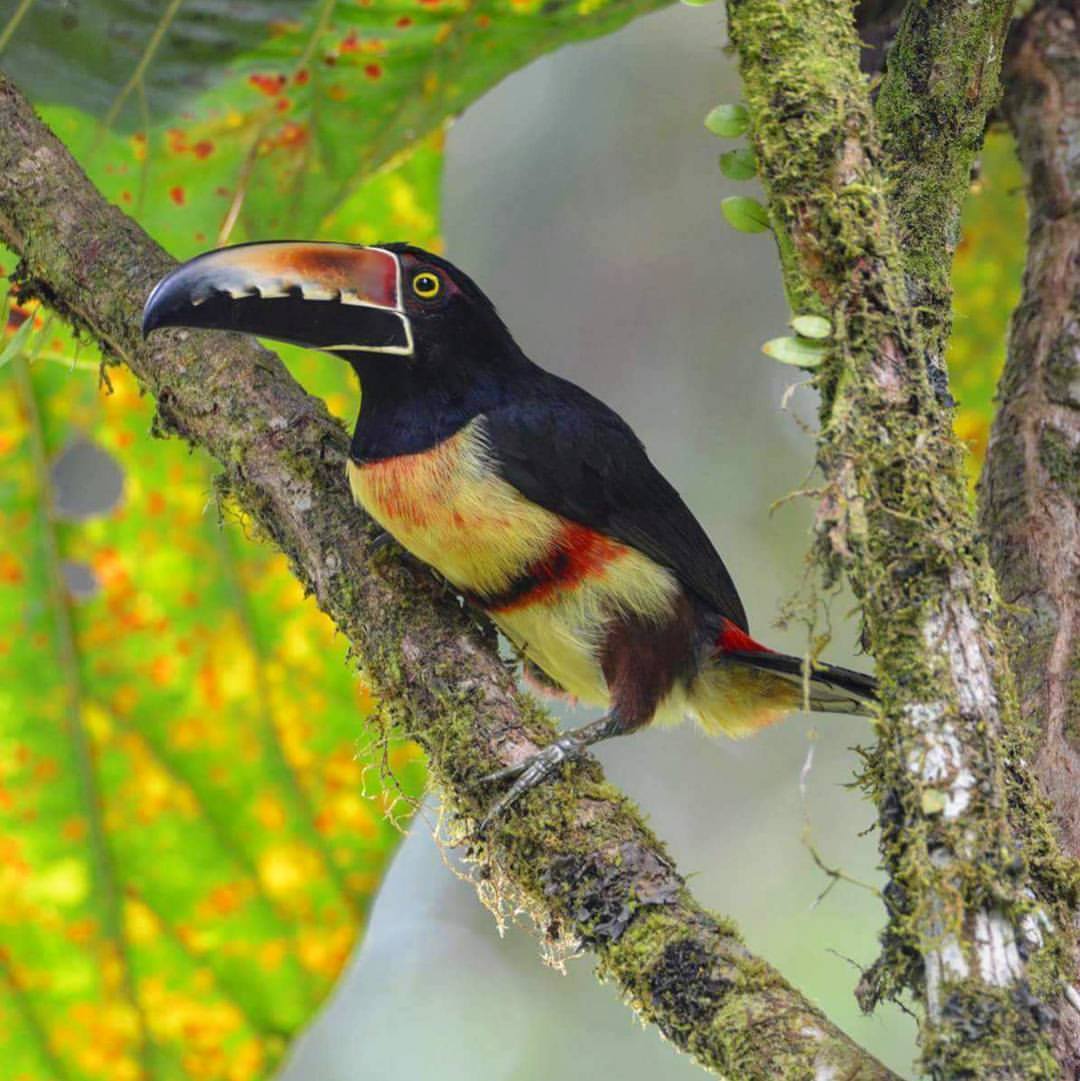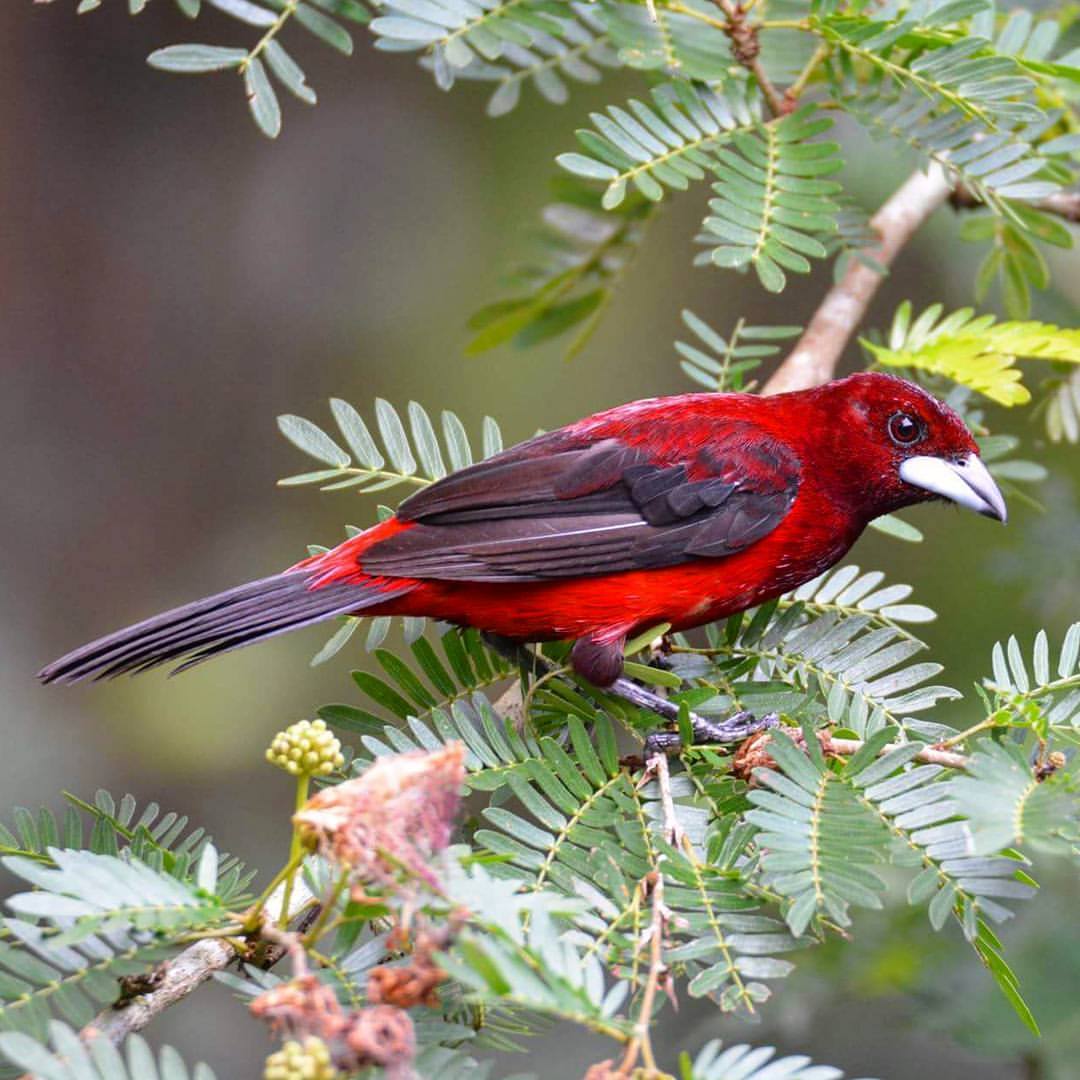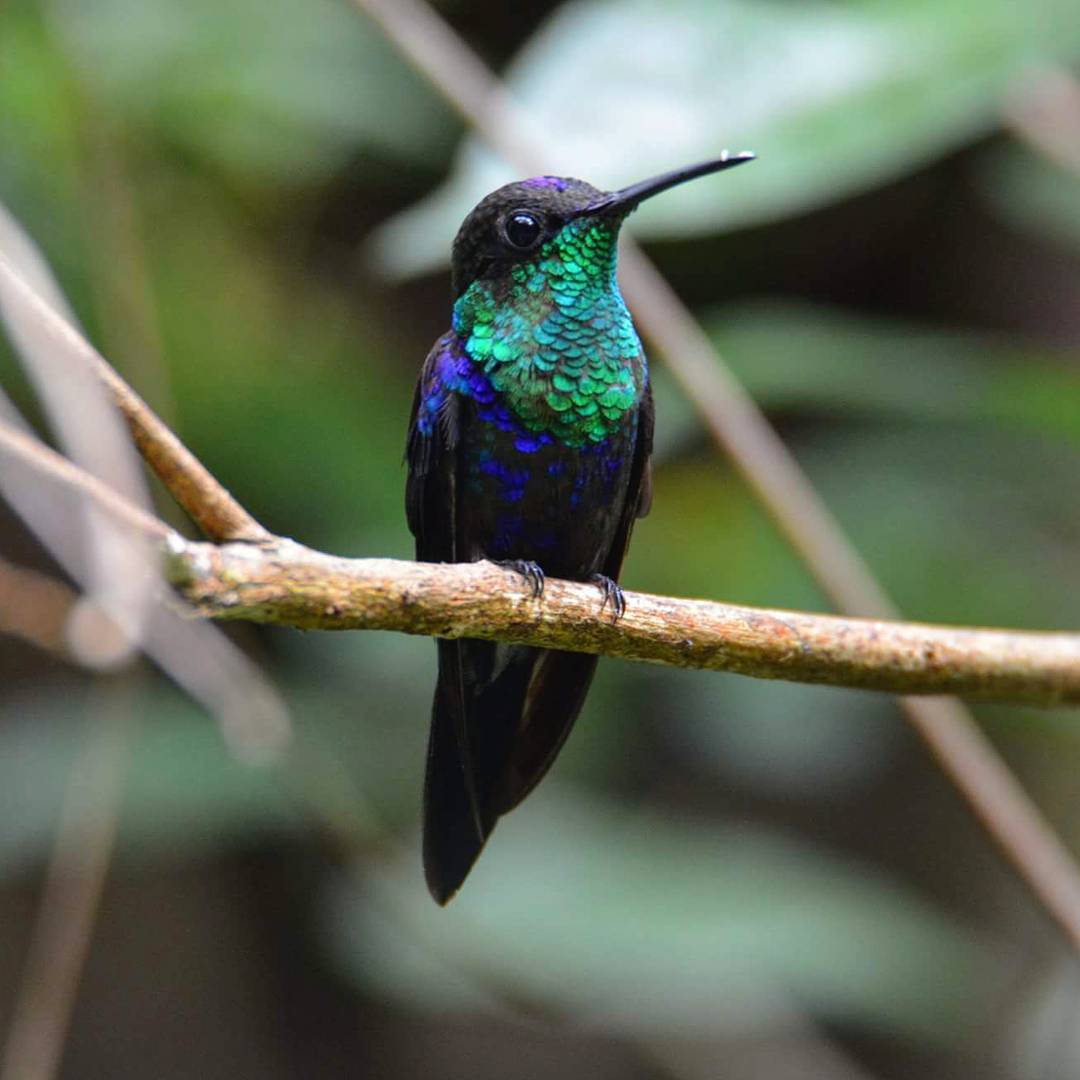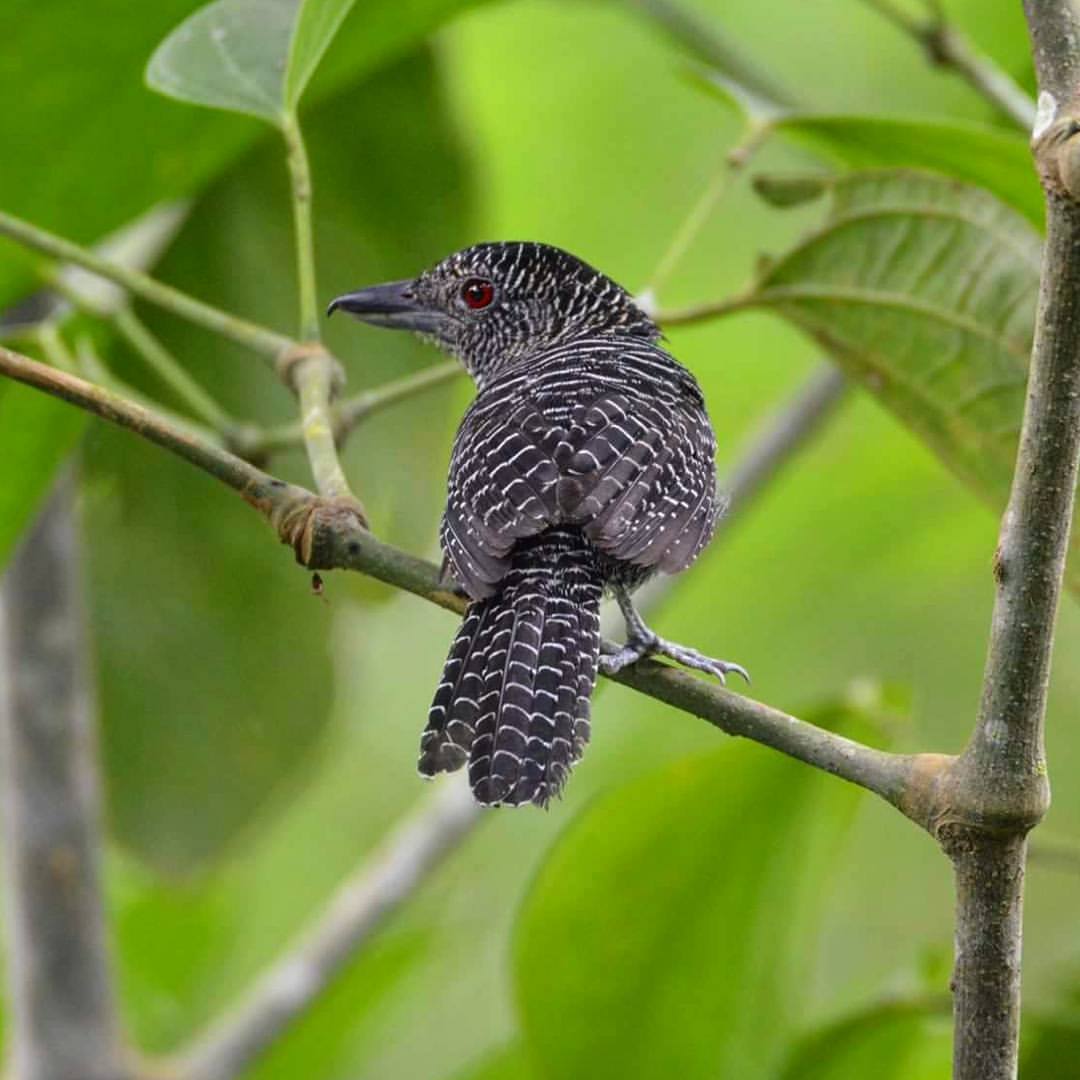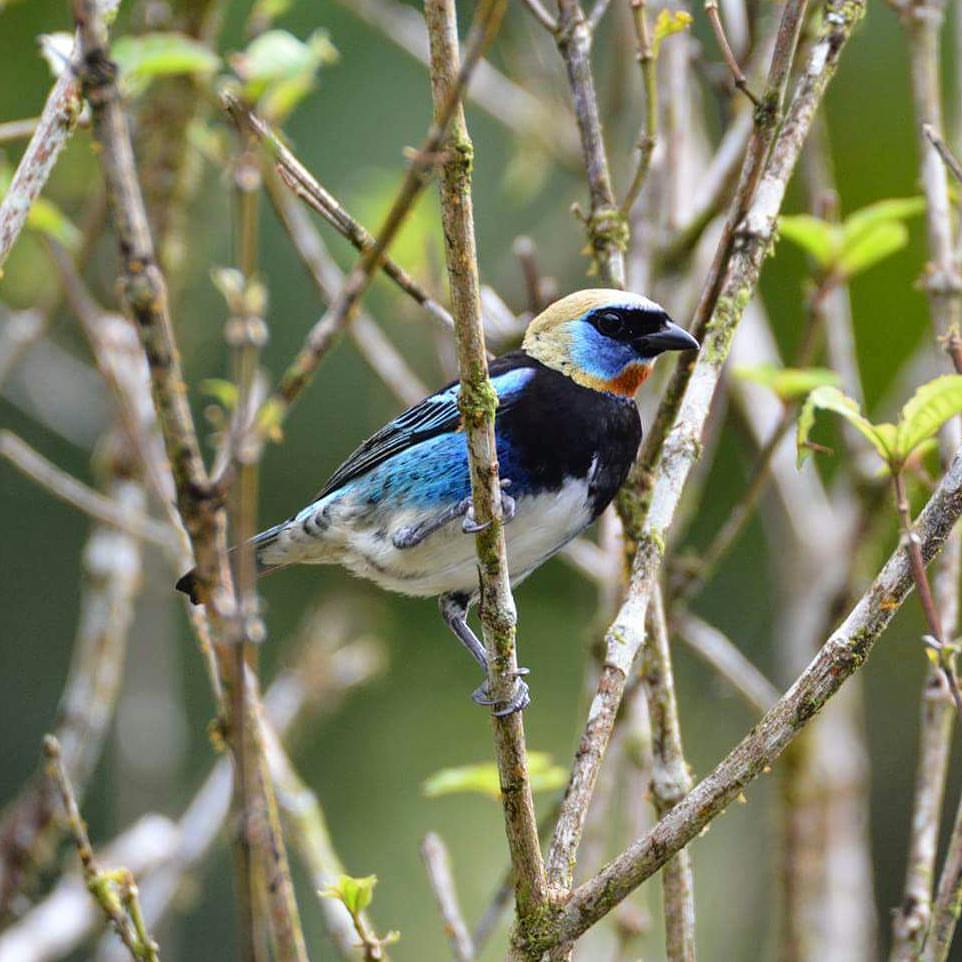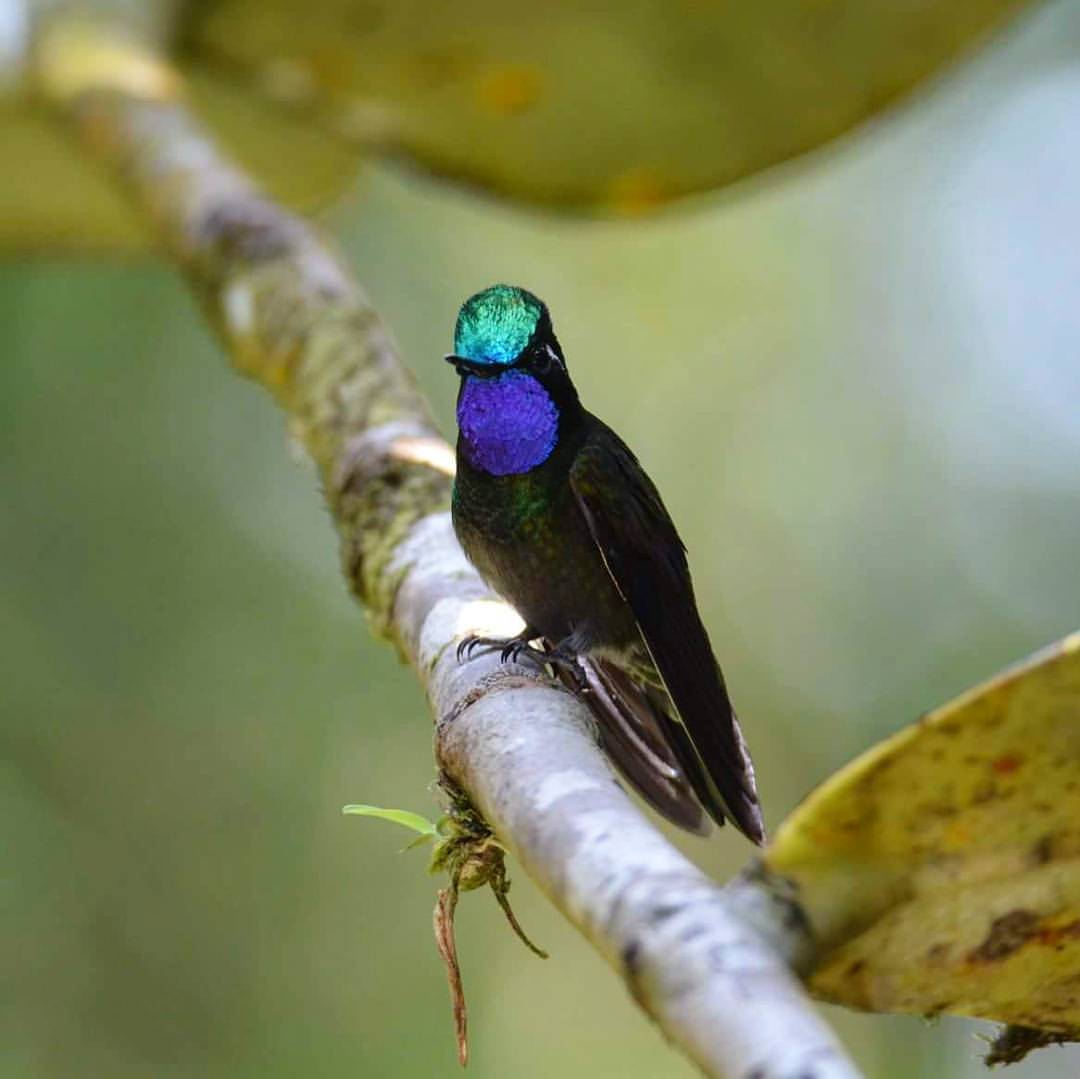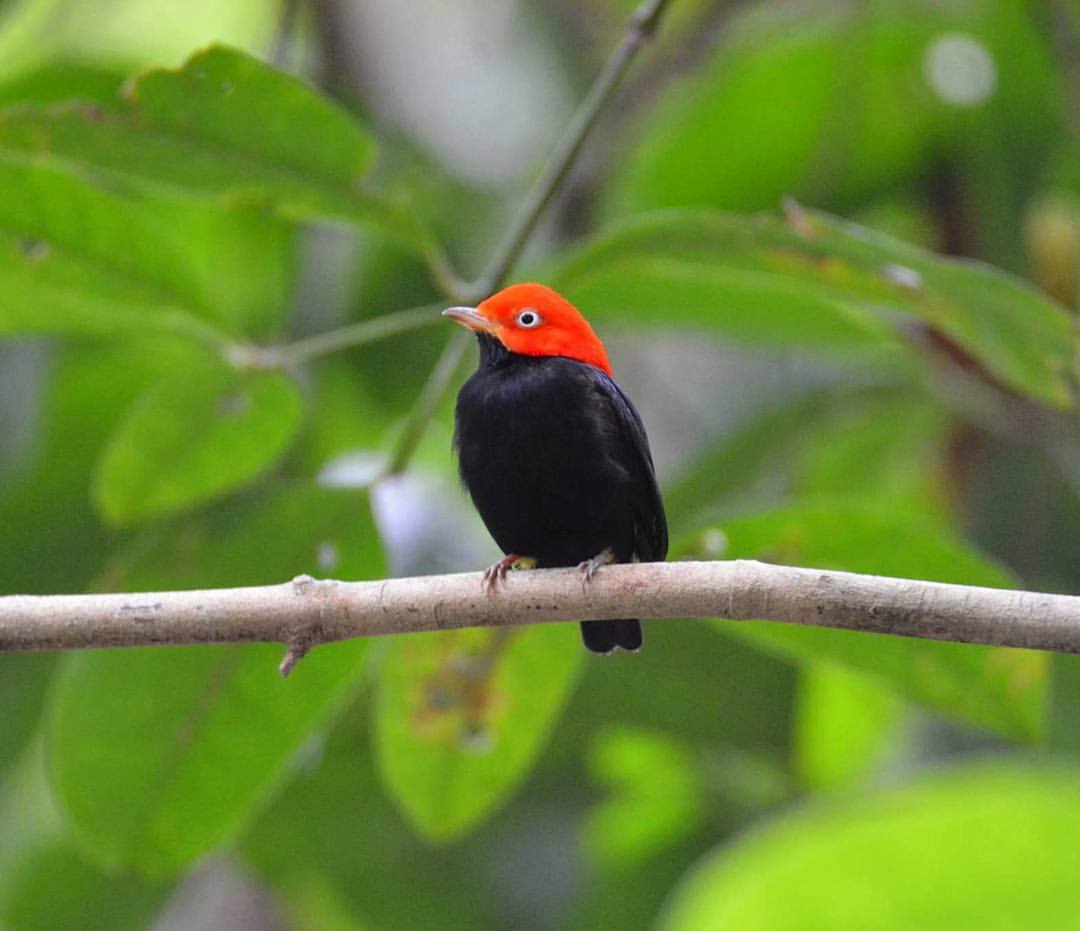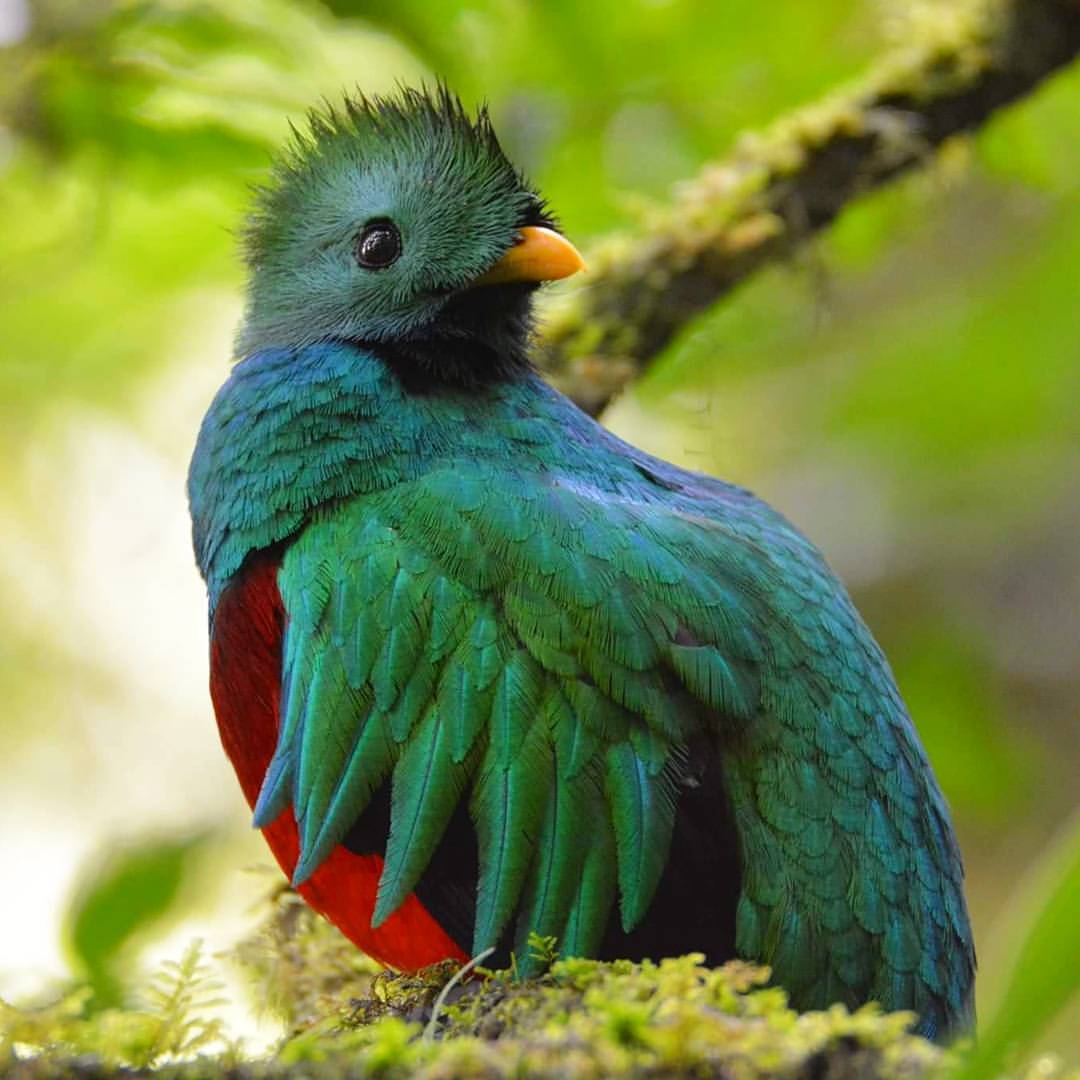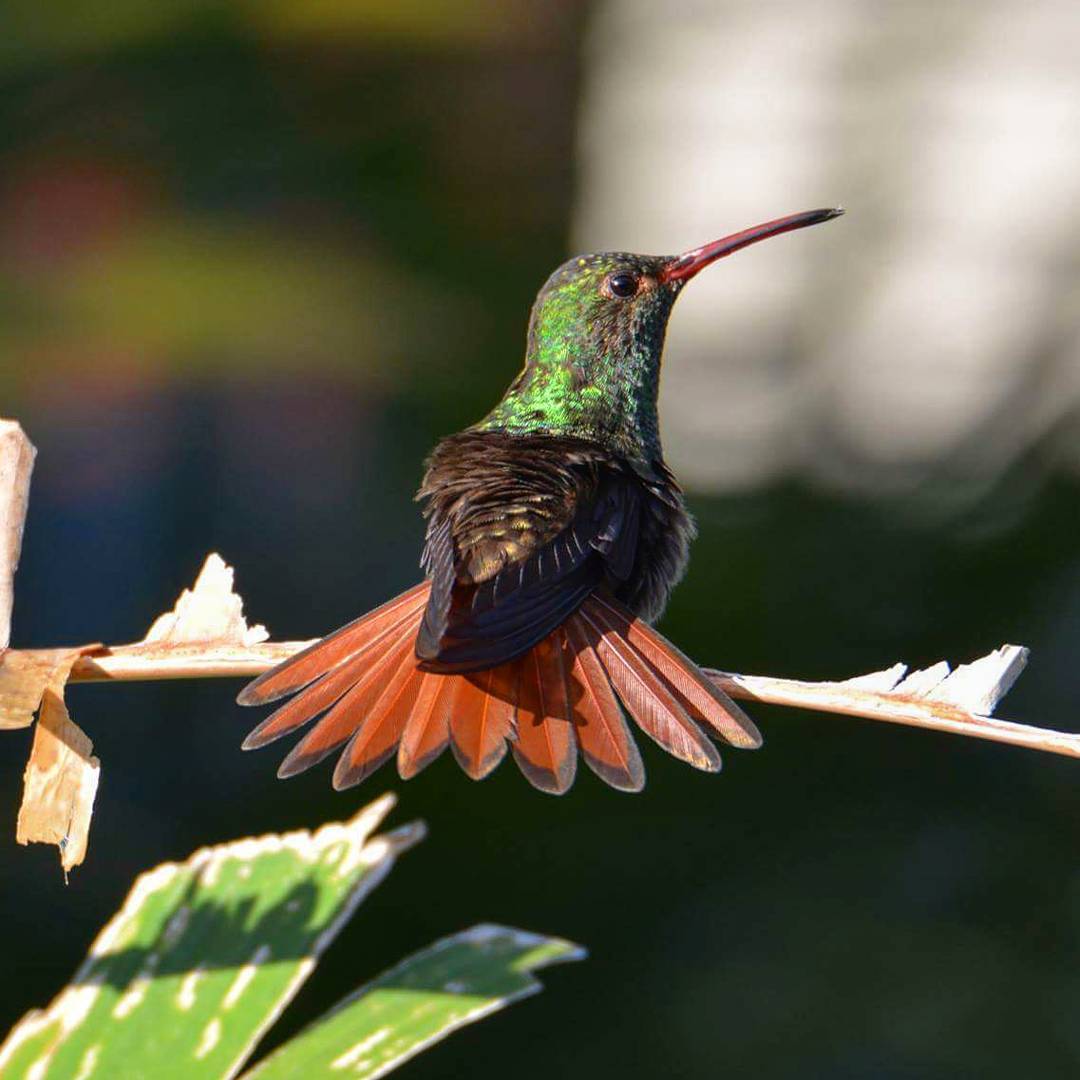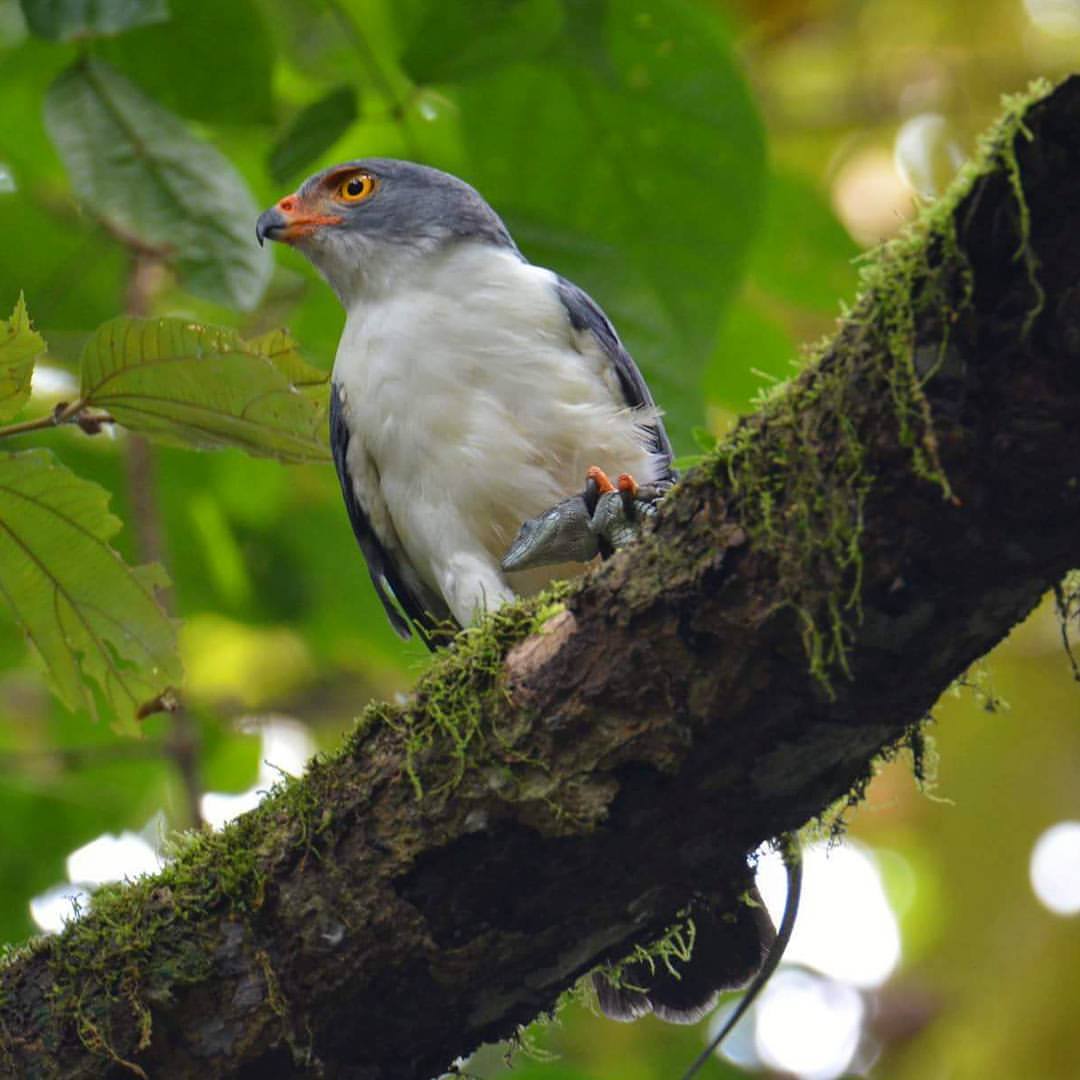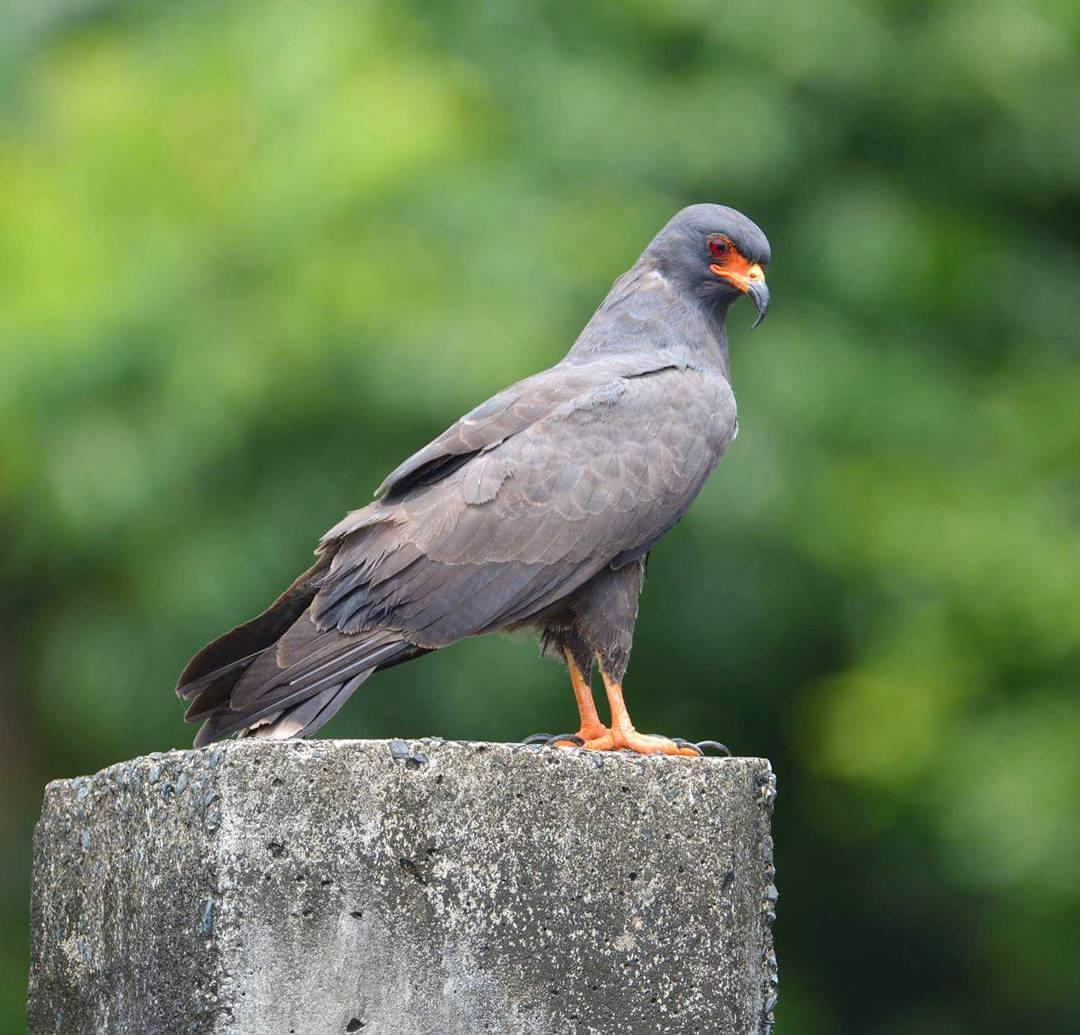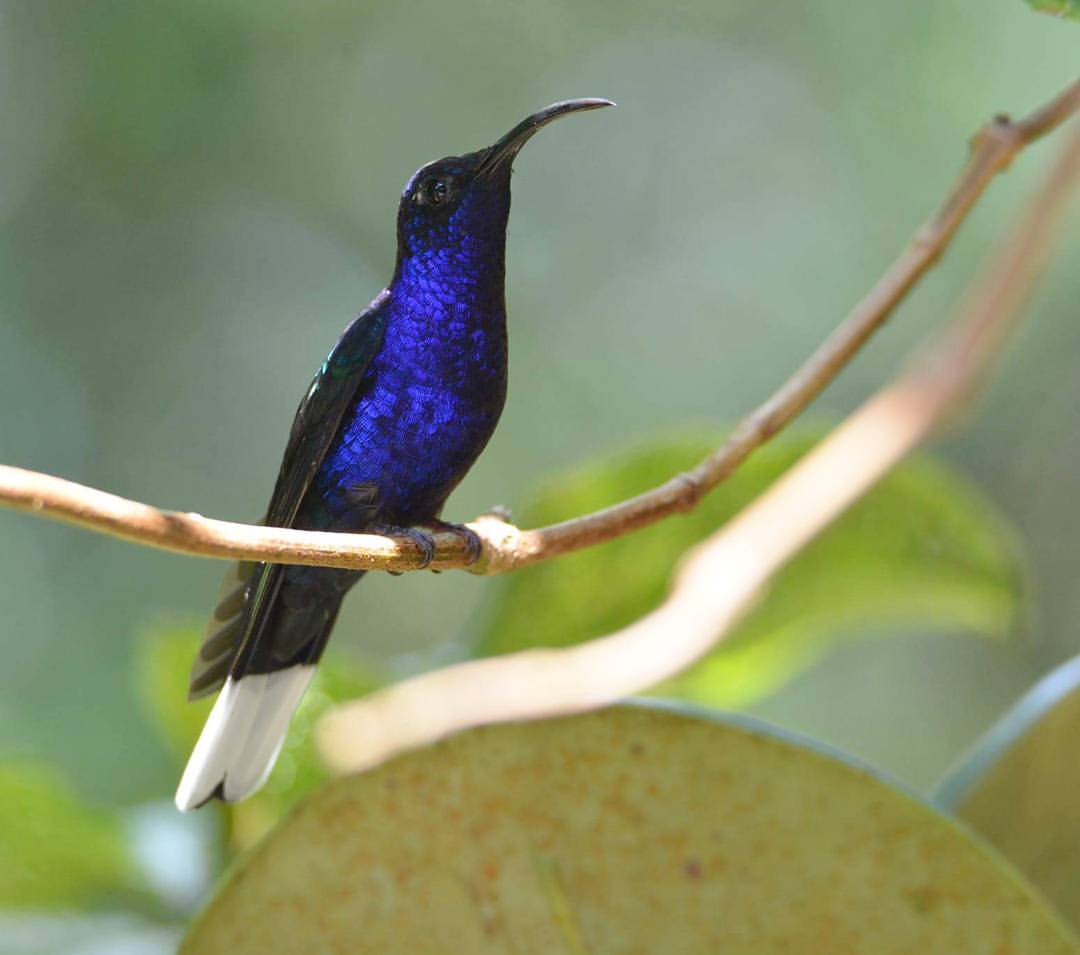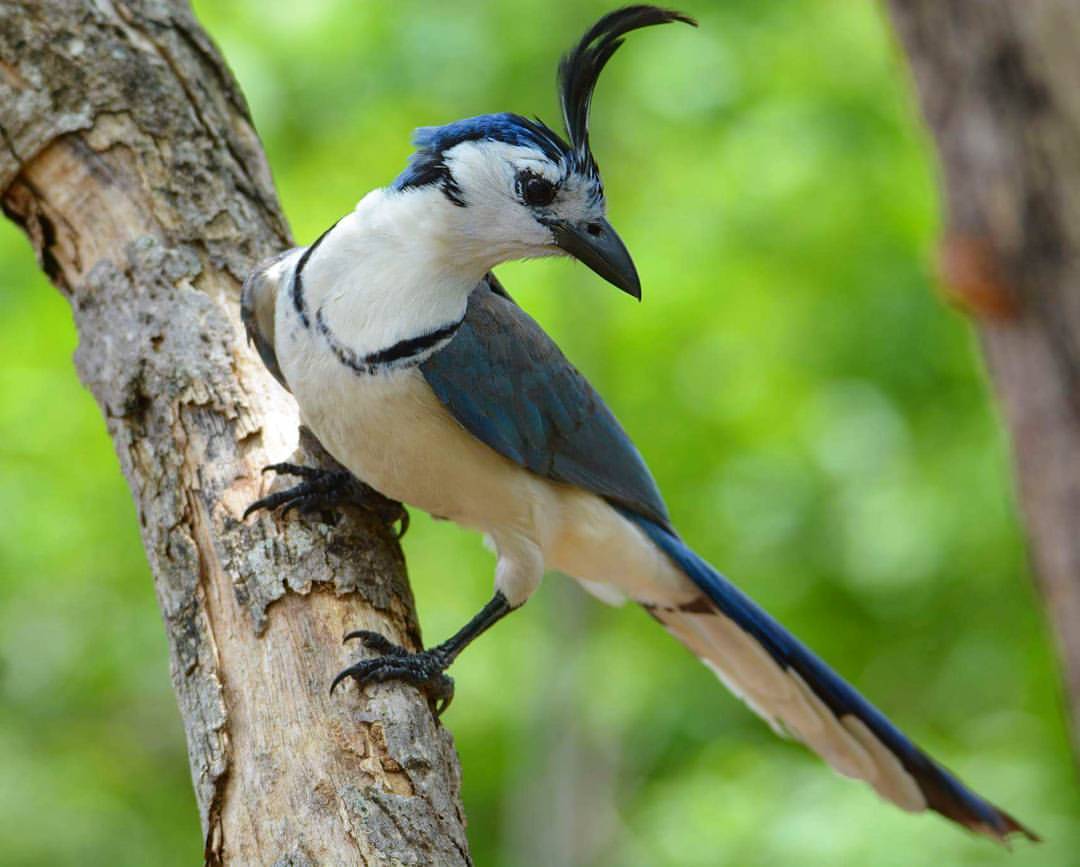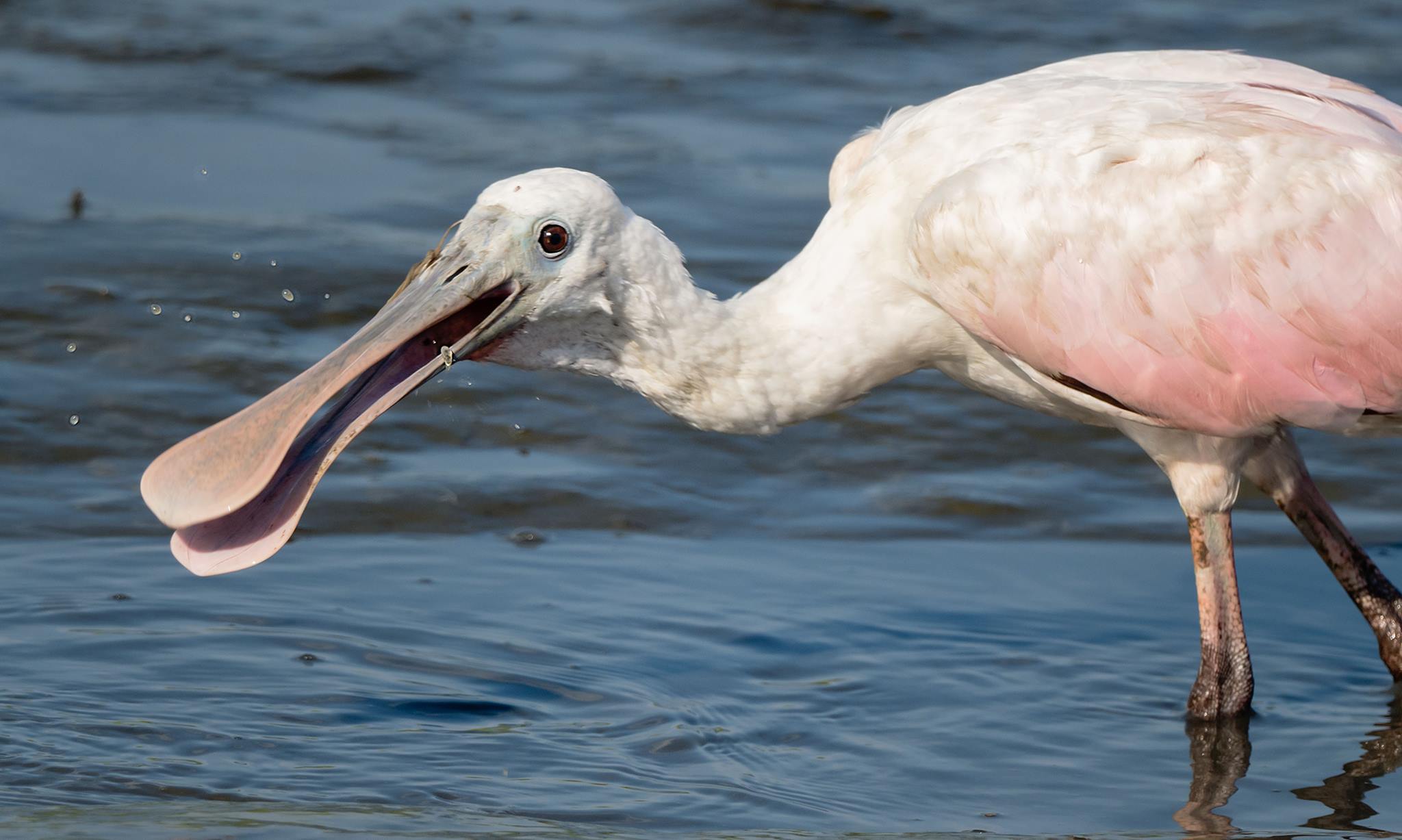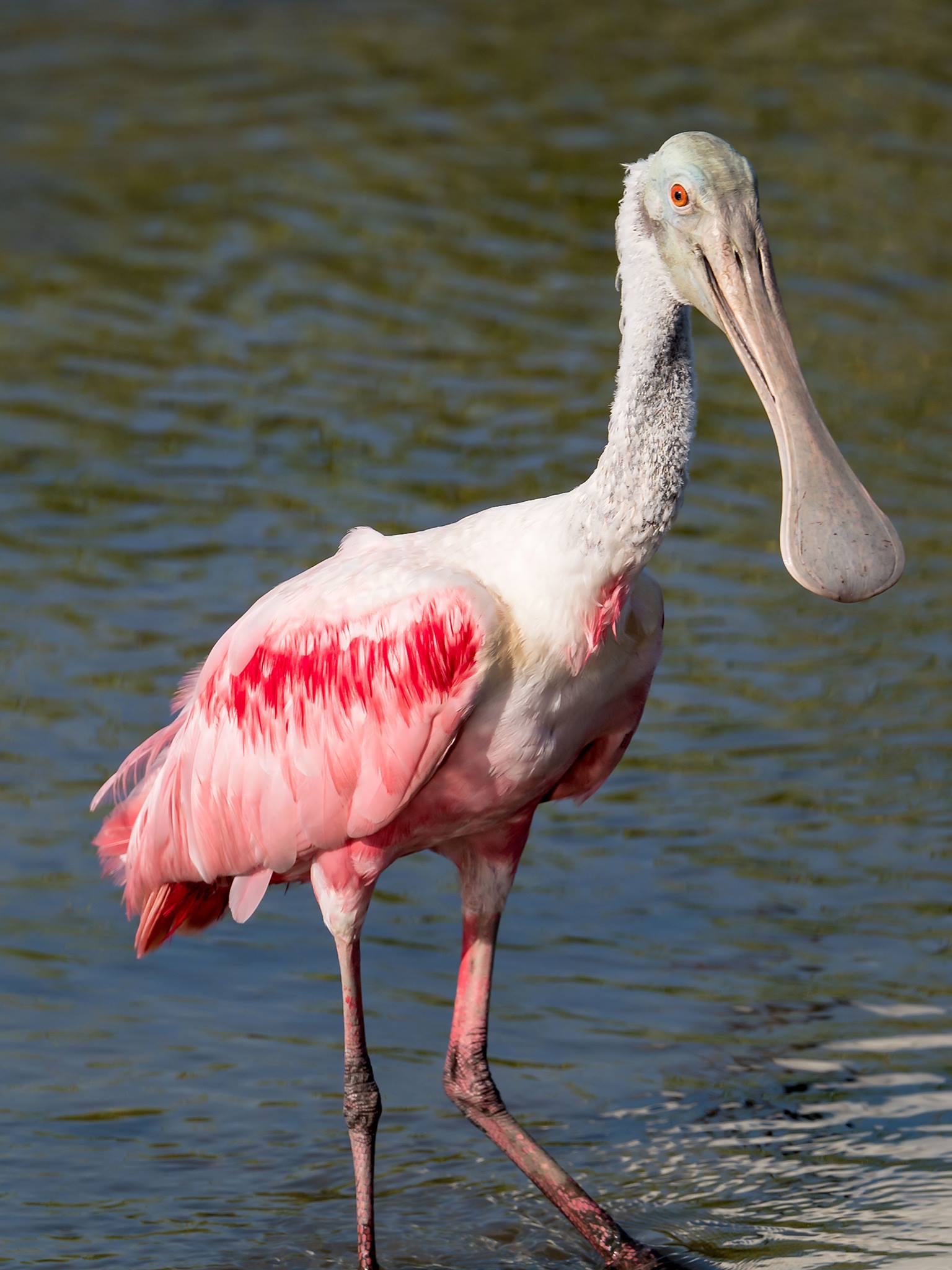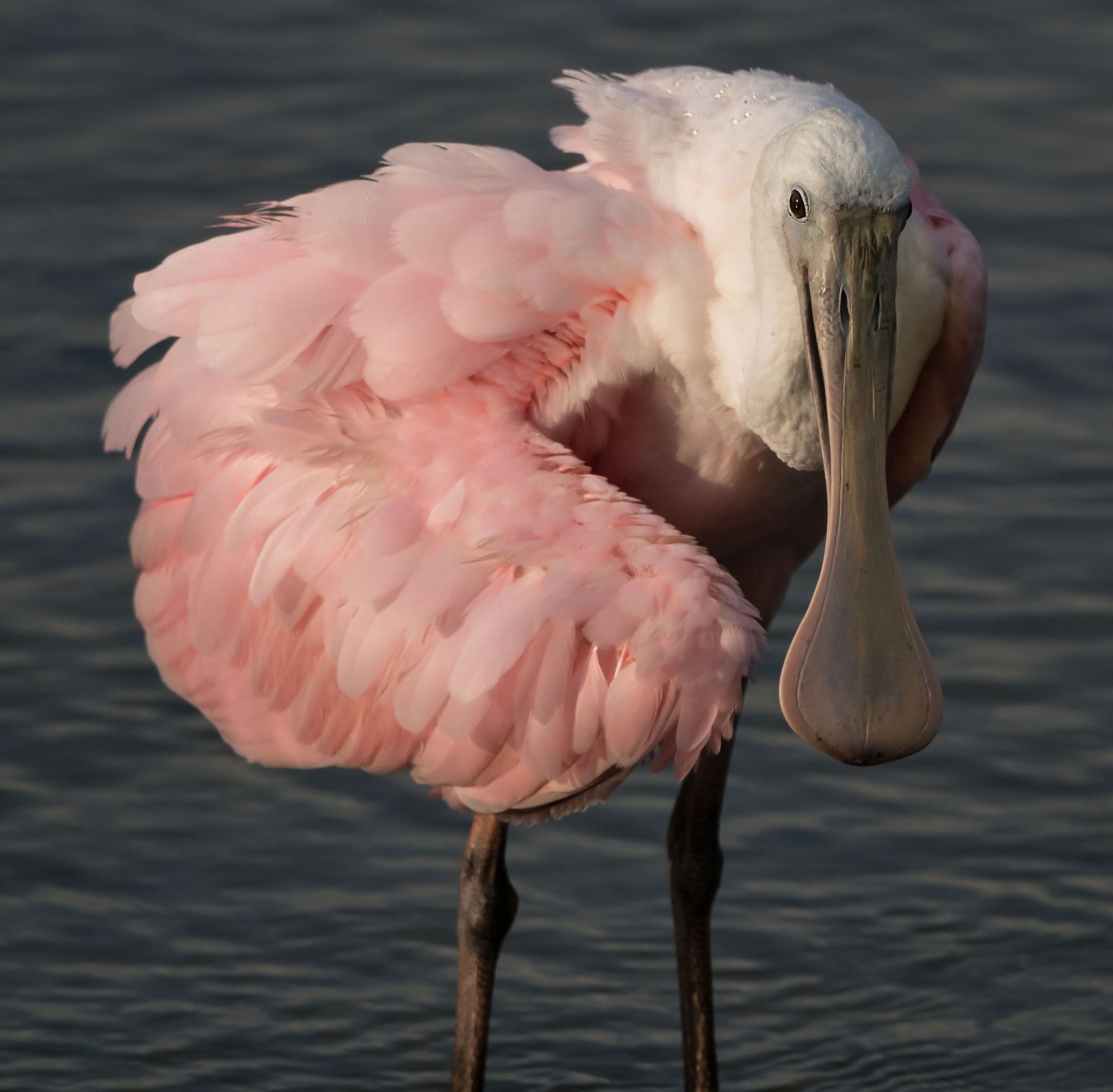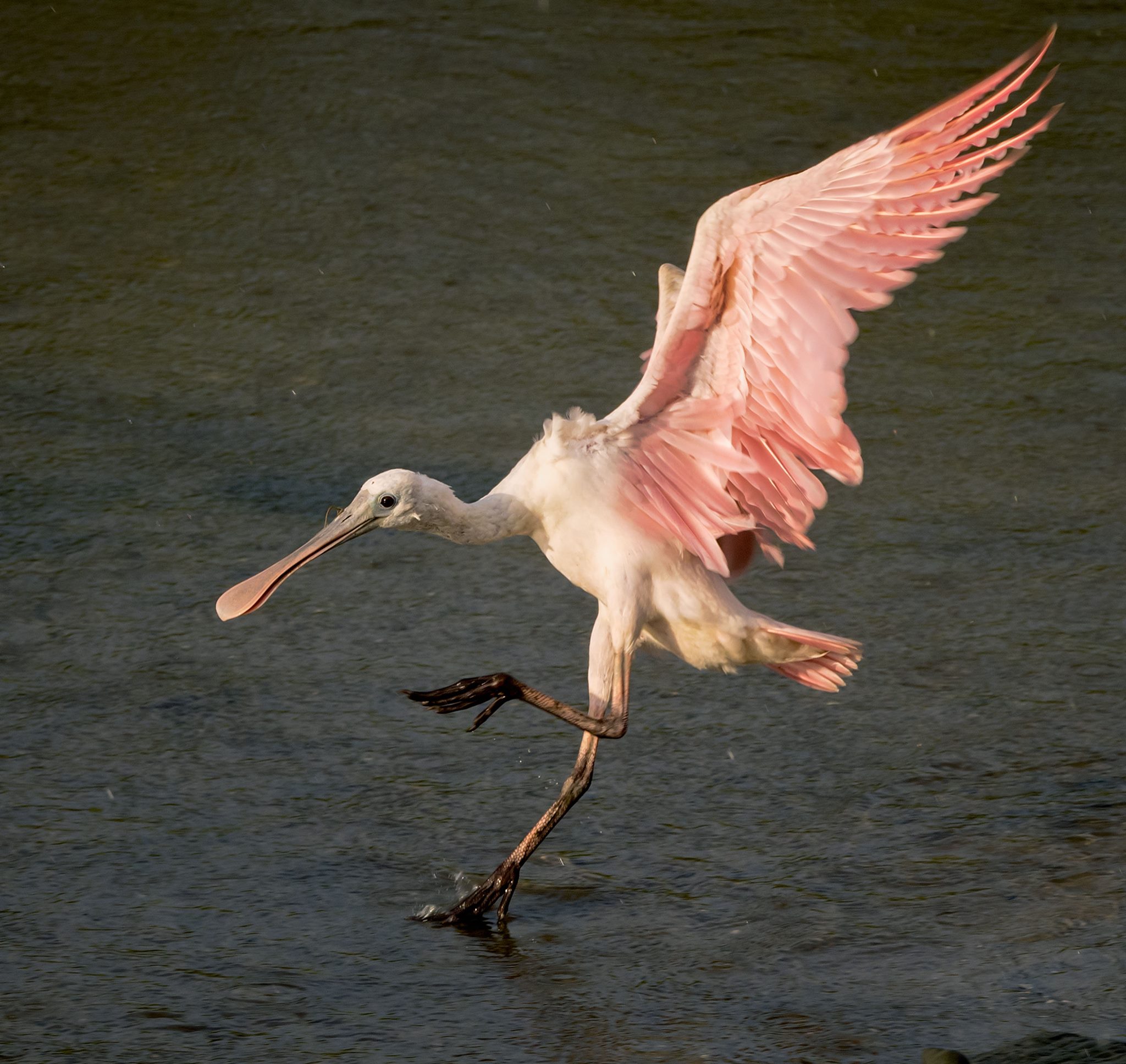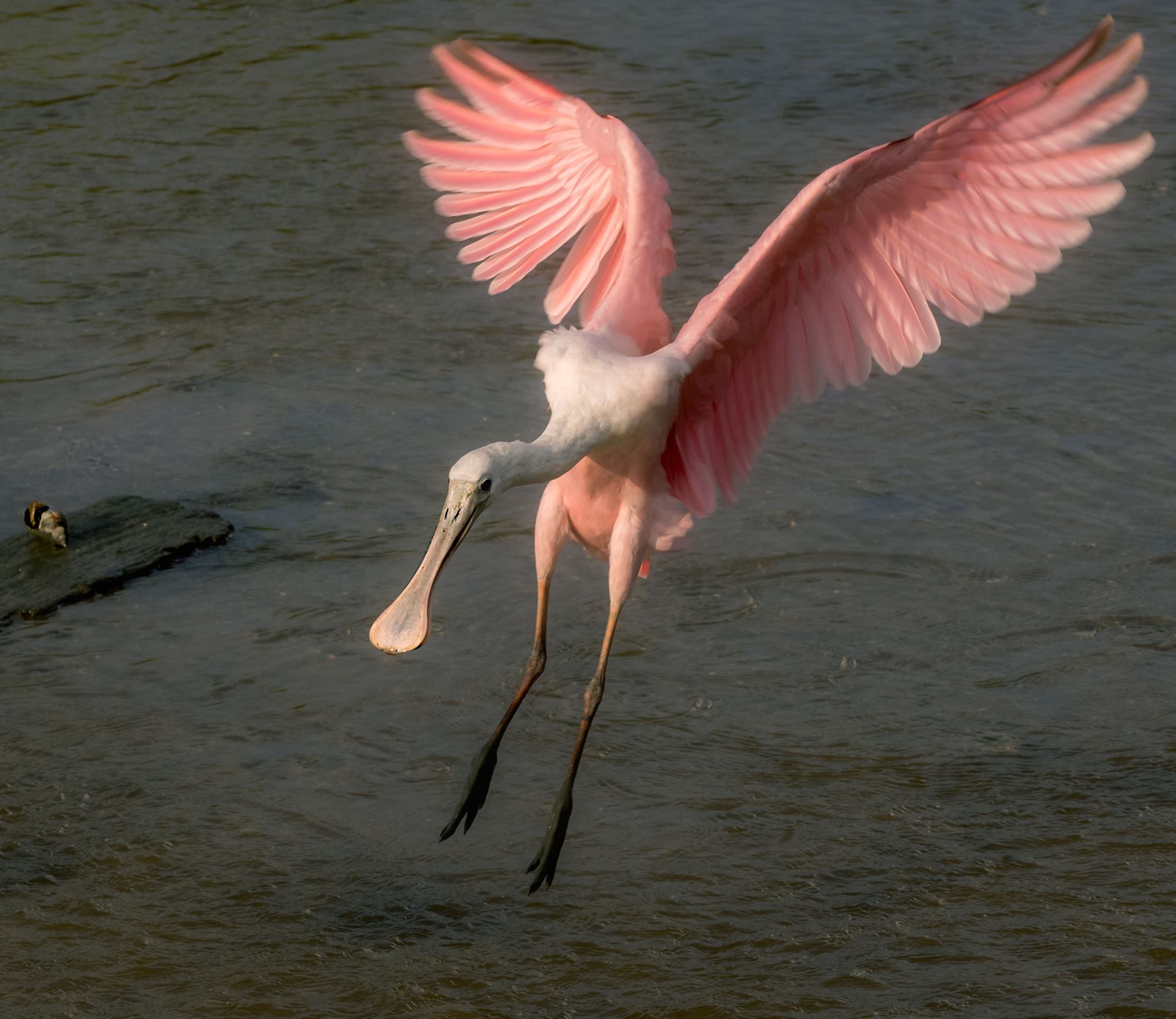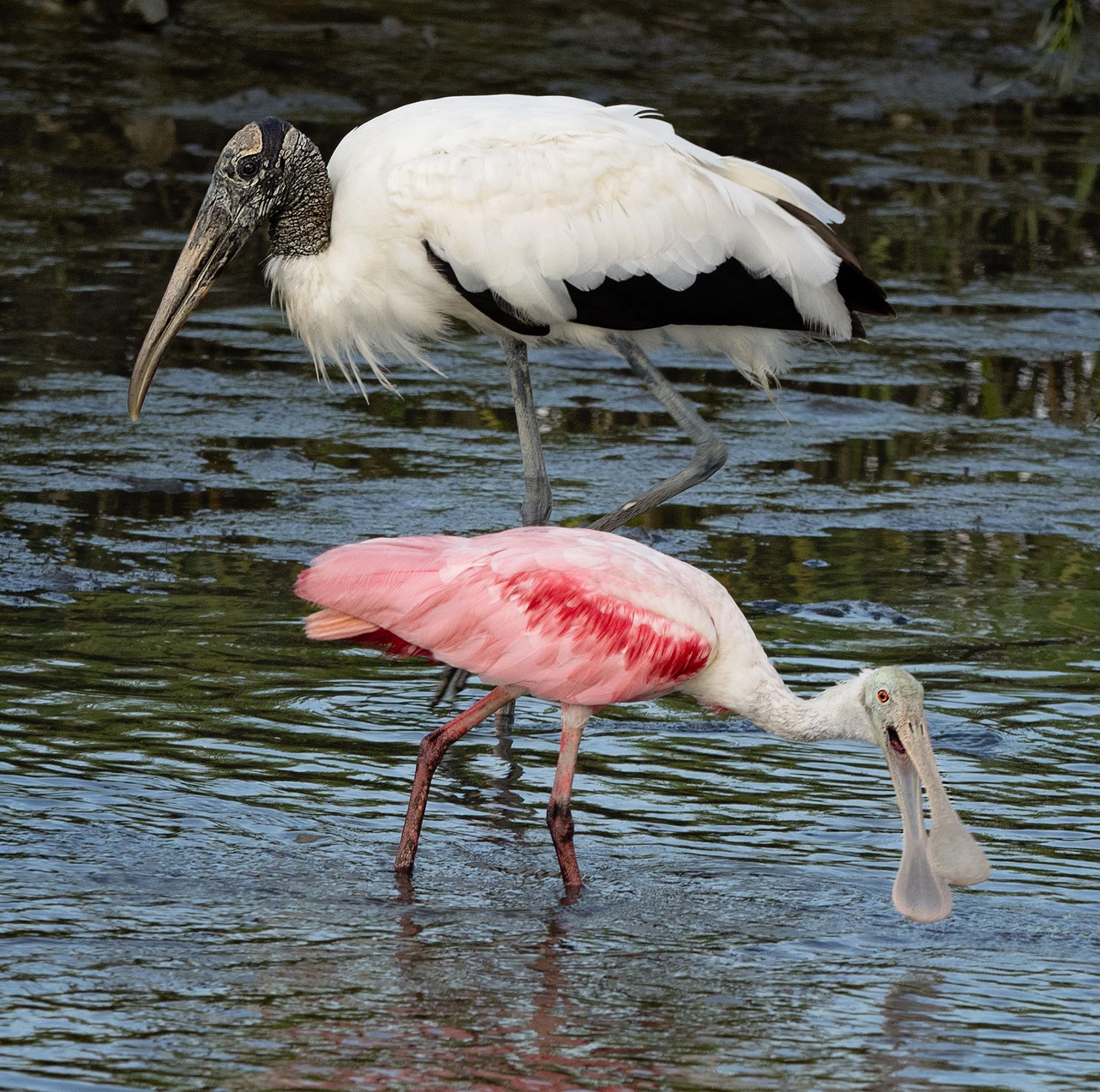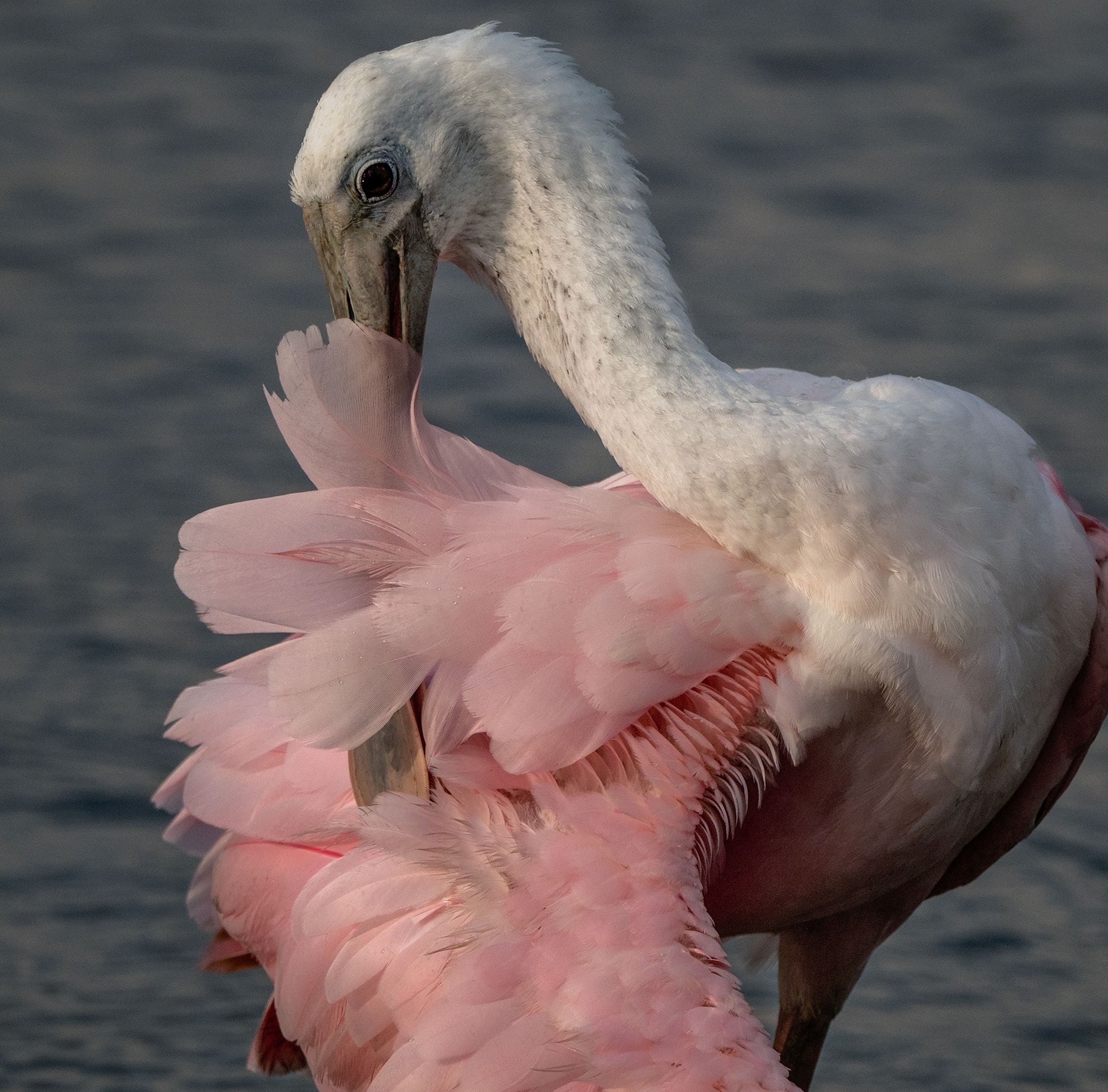"Yesterday, Charlie Stephenson provided me with the opportunity to photograph the most captivating cardinal in Alabaster, Alabama," writes Jeremy Black in sharing with us his shot of an extraordinarily rare Northern cardinal that Charlie had seen and videotaped earlier and agreed to help Jeremy find. "This yellow cardinal displays a rare mutation that causes the metabolic process to produce a different type of pigment than the typical red coloration. According to a biologist from Auburn University, this mutation is so rare that only one is seen each year in the United States."
Has any of you ever been lucky enough to see or photograph a Northern cardinal with this rare coloration? Let us know (photos welcome, of course). Many thanks to Jeremy for sharing his stunning photo and to Charlie for both her sharp birding eye and her generosity in helping Charlie. FYI, there is a species of bird that's actually called the yellow cardinal, but it's neotropical and lives in South America. —Craig Neff and Pamelia Markwood


